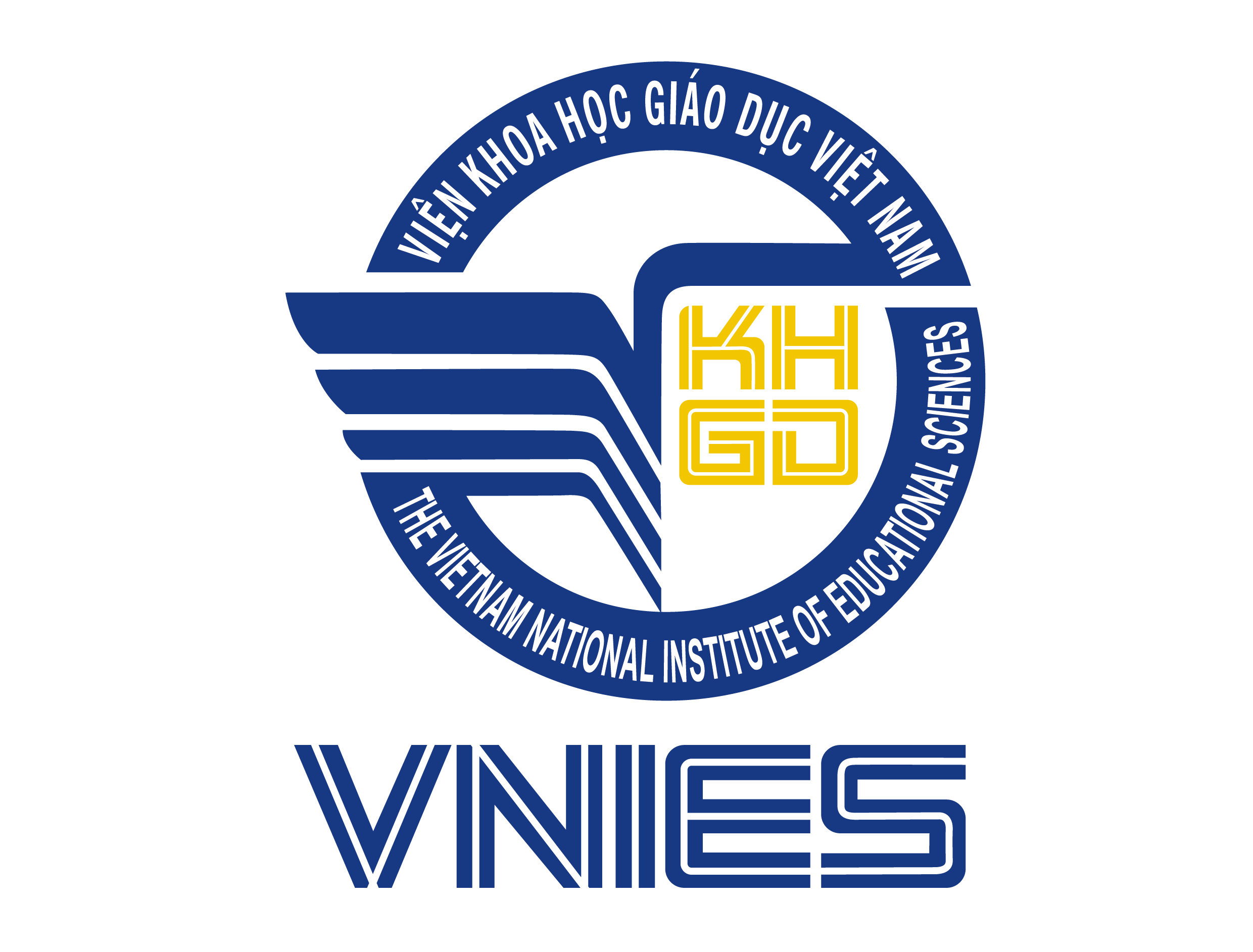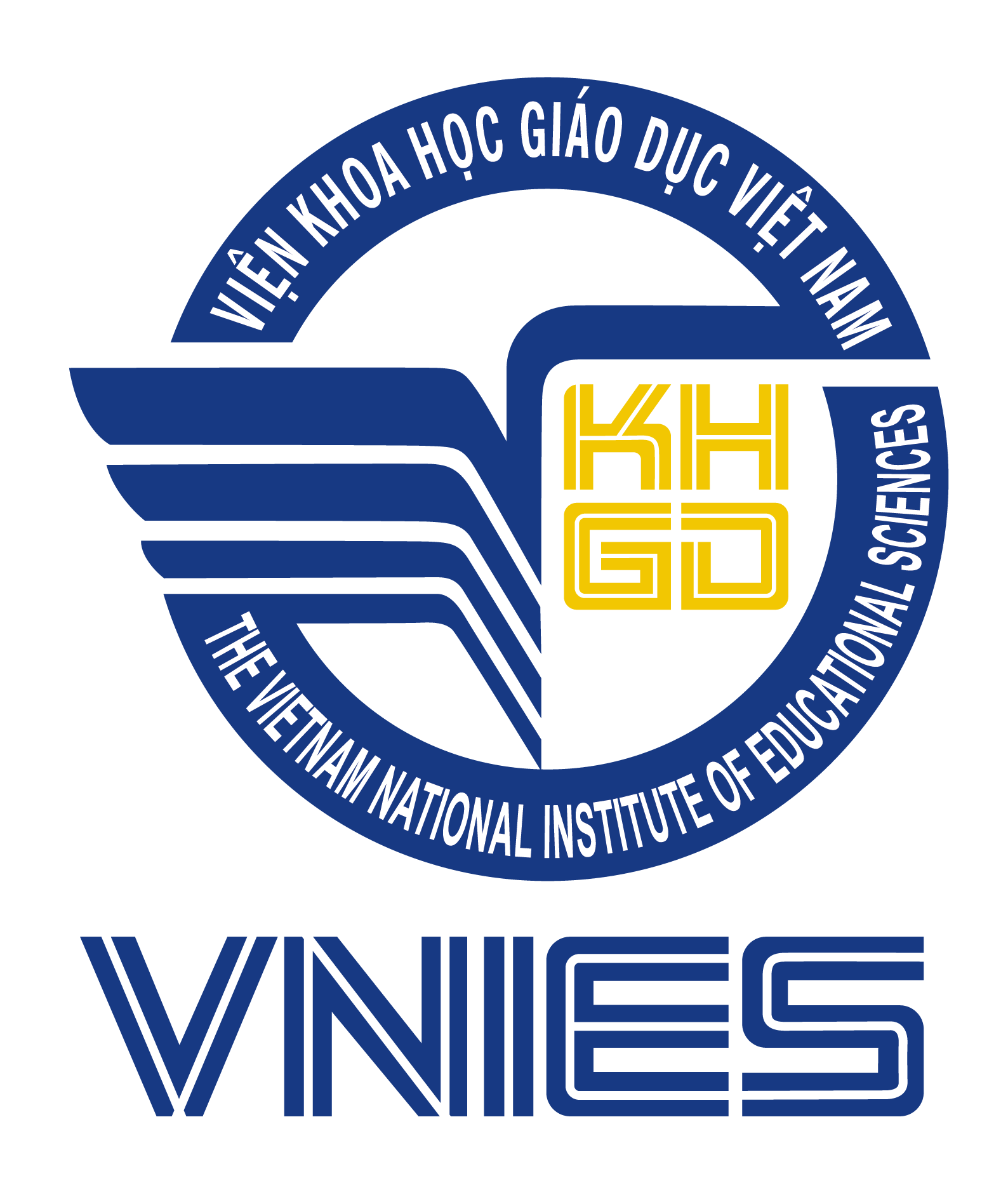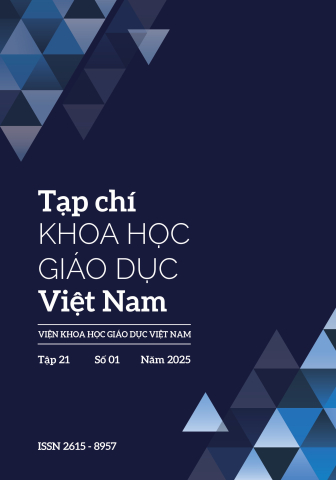[1] Bộ Giáo dục và Đào tạo. (2021). Thông tư 01/VBHN BGDĐT ngày 13 tháng 4 năm 2021 ban hành Chương trình Giáo dục mầm non.
[2] Đinh Hồng Thái (Chủ biên), Trần Thị Mai. (2008). Phương pháp phát triển ngôn ngữ cho trẻ mầm non (Giáo trình dành cho hệ Cao đẳng Sư phạm mầm non). NXB Giáo dục, Hà Nội.
[3] Eadie, P. (2022). Oral language skills as a foundation for learning to learn. In Language development (Chapter 17). Cambridge University Press.
[4] Hoàng Phê. (Chủ biên). (2001). Từ điển tiếng Việt. NXB Đà Nẵng.
[5] Lê Hữu Tĩnh. (2001). Hệ thống bài tập rèn luyện năng lực từ ngữ cho học sinh tiểu học. NXB Đại học Sư phạm, Hà Nội.
[6] Nguyễn Ánh Tuyết. (2016). Phương pháp phát triển ngôn ngữ cho trẻ mầm non. NXB Đại học Sư phạm Thành phố Hồ Chí Minh.
[7] Nguyễn Thiện Giáp (Chủ biên), Đoàn Thiện Thuật, Nguyễn Minh Thuyết. (2023). Dẫn luận ngôn ngữ học. NXB Giáo dục Việt Nam.
[8] Nguyễn Thị Phương Nga. (2006). Giáo trình phương pháp phát triển ngôn ngữ cho trẻ mầm non. NXB Giáo dục.
[9] Nguyễn Thị Thanh Thảo. (2022). Biện pháp nhằm thúc đẩy khả năng đọc viết ban đầu cho trẻ mẫu giáo. Tạp chí Khoa học Giáo dục Việt Nam, tập 18, số 06, tr.30-36. http://vjes.vnies.edu.vn/sites/default/ f iles/khdg_tap_18-_so06_-_no_06_-30-36.pdf
[10] Nguyễn Xuân Khoa. (2003). Phương pháp phát triển ngôn ngữ cho trẻ mầm non qua kể chuyện. NXB Giáo dục, Hà Nội.
[11] Piaget, J. (2014). The origins of intelligence in children. https://www.bxscience.edu/ourpages/ auto/2014/11/16/50007779/Piaget%20When%20 Thinking%20Begins10272012_0000.pdf
[12] Vygotsky, L. S. (1978). Mind in society: The development of higher psychological processes. Harvard University Press.


